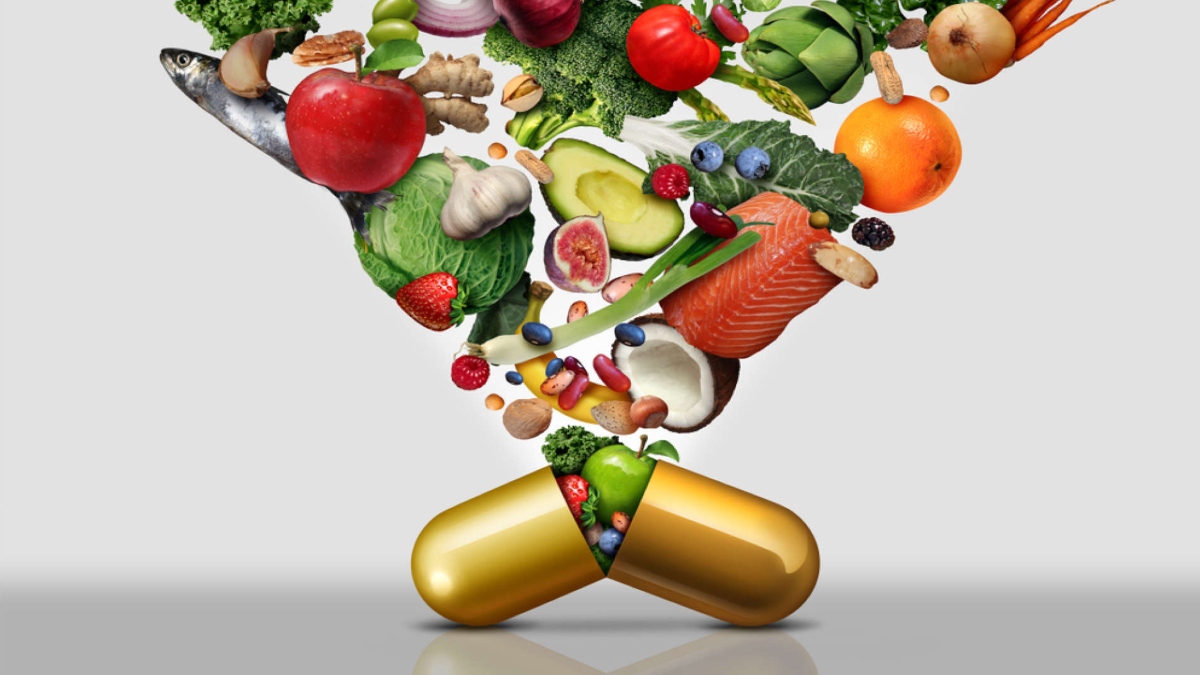


An ironical co-occurrence continues to persist in India, of under and over-nutrition. Globally, this is referred to as a double burden of malnutrition—the coexistence of under-nutrition along with obesity or the nutrition-related non-communicable disease. Few of the recent studies conducted among school-going adolescents from Punjab and Uttar Pradesh talk about the coexistence of the two, indicating poor eating habits and nutritional inadequacies that lead to obesity and diet-related diseases in later years.
The second decade of life is a period of rapid growth and development for adolescents’ bodies, minds and social relationships. This is also the life period during which the vast majority of boys and girls end their formal schooling, try to make a permanent or semi-permanent vocational selection and adjustment, and attempt to establish themselves as independent and self-reliant units in society, politically and socially as well as economically. Nurturing the second decade has been a longstanding appeal from the World Health Organization. But nothing comes without ‘ifs’ and ‘buts’ when one talks about the adolescents of today. They are more independent and have their food choices as per their understanding and convenience. They tend to eat more meals away from home than the younger children. And last but not the least, they are heavily influenced by their peers. While there is little information about dietary patterns and current time trends in adolescents; the available data seem to show that the tendency in the adolescent population worldwide is to increase those dietary factors that are linked with obesity development. One of the systematic reviews, which looks at 25 different research studies from different countries in the world found that most adolescents have inadequate fruit and vegetable intake. One study from India estimated that 97% of girls had inadequate fruit intake and one out of 5 adolescent girls reported eating fast and convenience foods.
Lifestyle plays an important role in the overall development of adolescents. Triggered by a complex mix of marketing, social, and economic policies, nutrition transition in India is associated with a significant change in the lifestyle and dietary habits in urban India. The transition in dietary patterns among children is driven partly by demand (increased income and reduced time to prepare food) and partly by supply-side factors (increased production, promotion and marketing of processed foods and foods high in fat, salt and sugar). Proliferating multinational fast food companies have influenced both the rural and urban areas wherein traditional home-cooked meals are being replaced with easy-to-cook, ready-to-eat, and processed foods.
Nutrient requirements – including those for energy, protein, iron, calcium, and others – increase in adolescence to support adequate growth and development. Sound nutrition can play a role in the prevention of several chronic diseases, including obesity, coronary heart disease, certain types of cancer, stroke, and type 2 diabetes. The low intake of a healthy diet, particularly iron and calcium-rich foods among adolescent girls is a matter of huge concern. Iron deficiency can impair cognitive function and physical performance, and inadequate calcium intake may increase fracture risk during adolescence and the risk of developing osteoporosis in later life. The impact of nutritional status on the occurrence, morbidity and mortality patterns in infectious diseases like diarrhoea, tuberculosis (TB) and HIV has been well documented but not given enough recognition. Tuberculosis and undernutrition are both problems of considerable magnitude and importance worldwide.
One of the recent reports of UNICEF in association with NITI Aayog revealed that over 50% of Indian adolescents (about 63 million girls and 81 million boys) in the age group of 10 to 19 years are either short, thin, overweight or obese. Another shocking statement was that over 80% of adolescents suffer from ‘hidden hunger’, i.e. the deficiency of one or more micronutrients such as iron, folate, zinc, vitamin A, vitamin B12 and vitamin D. Few of the most alarming findings are: Only 2 out of 5 adolescents take milk in their daily diet and 1 out of 5 adolescents take pulses and green leafy vegetables. Information on the economic returns of various types of investment in adolescent development is scarce. However, few countries have done a cost-benefit analysis for various interventions. For example, in the USA, it is estimated that for every kilogram less of weight at birth, an American child will achieve 15 per cent less in adult earnings over her/his lifetime. In settings with a high incidence of goitre, it is estimated that iodine deficiency disorders depress average intelligence by 13 IQ points.
It is important to understand and acknowledge that adolescence provides an opportunity to correct nutritional deficiencies that may have occurred in early life and enables catching up on the missed growth. Adoption of good dietary behaviours in adolescence goes a long way in building physiological resilience. Adolescent boys and girls can be motivated to adopt nutrition behaviours that improve their looks, school achievement and athletic performance. One of the unanswered research question is the extent to which the inclusion of adolescent boys in nutrition and healthy lifestyle programs will contribute to the improved nutrition and health of women during childbearing and for infants and young children in the critical early years of life. Addressing the double burden of malnutrition should also be seen as a stimulus for enabling policies and programs beyond health, especially regarding poverty and gender inequity.
The author has attained her PhD in Public Health Policy with a specific reference to policies of government of India vis-a-vis the popular, reproductive health and family welfare aspects.